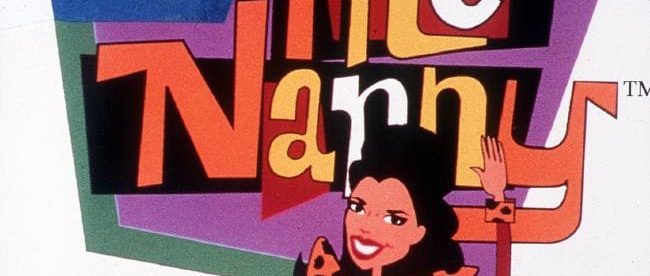The Job That’s a Riot

If you watch a sitcom on TV, your attention is probably focused on the actors and the dialogue. Maybe you’ll pick up on something else you see — some background movement or a curious part of the set design. But by and large, we only pay attention to what’s happening in front of the camera. The camera operators, the directors, the makeup artists, the person getting coffee for everyone, etc., they’re literally invisible to us, as they’re simply not on screen.
But we may take notice of the studio audience, despite the fact that they’re also behind the cameras. No, we typically don’t see them, but we hear them. When the actors make a joke, it’s often the studio audience whose laughter enters our ears.
And some of those laughers are being paid for that service. But not for the reason you think, at least not originally.
While TV producers always have the option of using recordings of laughter in lieu of the real thing, that comes with a lack of authenticity. And let’s face it, if your goal is to make audiences laugh at home, it’s probably a good idea to capture real laughter on set, too (or to think twice about a joke if you can’t get people to chuckle). But real laughter requires real people, and that comes with a bit of risk. Not the risk that the people won’t laugh, but the risk that someone dangerous will be sitting in the crowd.
In 1993, the sitcom The Nanny debuted on CBS. Starring actress Fran Drescher, the show was an early success and ultimately lasted six seasons. For Drescher, who had played mostly supporting roles and on short-lived programs to boot, the show was a doorway into fame. And that was a mixed bag. Per one report, “her quick rise to fame saw her attract a rather serious stalker. He harassed her and her loved ones with calls and letters hung around the outside of her home, and he was spotted at the CBS compound.” Having him in a studio audience would have put Drescher at risk, so producers came up with another solution: they hired extras to play the studio audience.
The producers hired an outside company, called Central Casting, to find people to sit, watch the show being filmed, and (ideally) laugh at the right time. For Lisette St. Claire, the casting director in charge of this unique task, this was an opportunity to take a seemingly simple job and do it exceptionally. As she told LA Weekly, “I was not about to just send anybody. I wanted people who were really good.”
St. Claire started interviewing candidates, not by how they looked, but by how they laughed. She preferred candidates with “dominating, infectious laughs, guffaws that were explosive and unique,” in the words of LA Weekly. The producers loved it, and word of St. Claire’s laughter-on-demand spread. Per Wired, “her formula was a hit. Her phone was soon ringing off the hook, with three to four shows a week planting Central Casting’s cacklers in their audiences.”
Shortly thereafter, producers began paying extras $75 per day to the laughers that St. Claire provided (plus a fee to Central Casting, of course). St. Claire became known as the industry’s “laughter-wrangler,” the go-to-person when you needed a laugh.
Bonus fact: It’s possible, if not likely, that Abraham Lincoln was laughing when he was shot. Lincoln was at Ford’s Theater in Washington viewing a production of Our American Cousin when his assassin, John Wilkes Booth, entered the President’s box and shot him, ultimately fatally. Booth knew the play well and timed the assassination to coincide with a particularly funny line (“Well, I guess I know enough to turn you inside out, old gal; you sockdologizing old man-trap!,” which doesn’t really hold up 150 or so years later), in hopes that the laughter from the audience would mask the sound of the gunshot.
From the Archives: Tanganyika’s Laughing Epidemic: Laughter is contagious.
